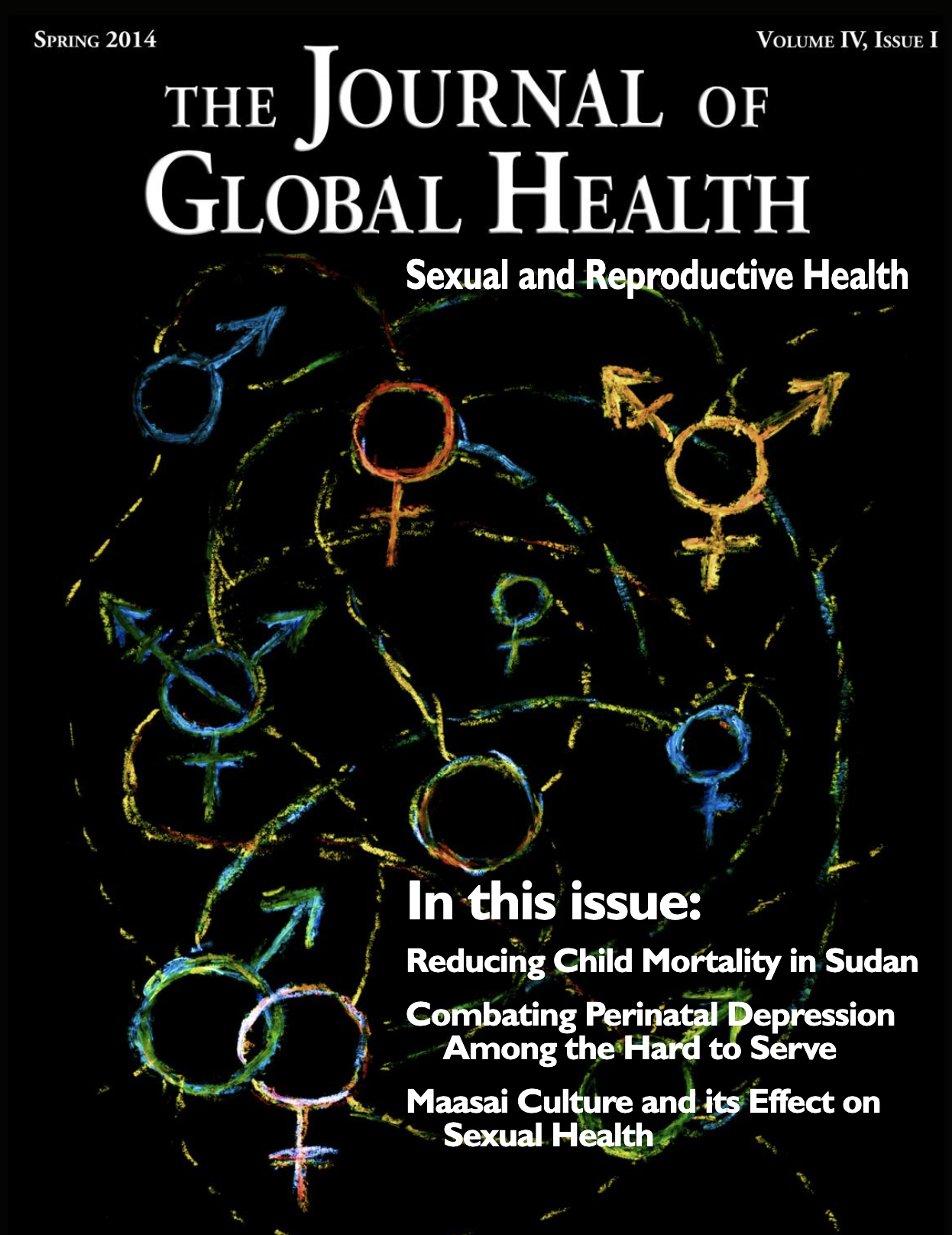“Sehat Ka Insaf ”: A Model for Overcoming Polio in Pakistan
Main Article Content
Abstract
Poliomyelitis, more commonly known as polio, is a highly infectious disease caused by poliovirus. The virus enters through the mouth or nose and colonizes the gastrointestinal tract, spreading primarily through feces, unclean hands, contaminated drinking water and improper sanitation. The condition primarily affects children under the age of five and induces damage in motor neurons, triggering a variety of symptoms including fever, fatigue, headaches, vomiting, stiffness of neck and pain in limbs.1 In approximately one in 200 infections, the virus enters the central nervous system, leading to irreversible paralysis.2
In 1988, when a startling 350,000 cases of polio were reported worldwide, the World Health Assembly resolved to eradicate poliovirus and launched the Global Polio Eradication Initiative.1 Although the global eradication plan has reduced the number of cases of polio from 350,000 in 1988 to 223 reported cases in 2012, the final endemic reservoirs of resistance in Nigeria, Afghanistan and Pakistan have provided the greatest hardships for public health authorities.2 In these countries, polio persists at the margins of society where critical health services are lacking or even nonexistent. As a result, the greatest challenge for workers has been to vaccinate enough children to drive immunity levels above a threshold percentage, whereby herd immunity is achieved. Herd immunity is a form of immunity that occurs when a substantial percentage of a population is immunized from a virus, making those who are not immunized protected, because the virus cannot spread from person to person as easily. For the poliovirus, the herd immunity threshold percentage is between 80-86%.3
India was previously considered one of the most resistant countries to polio eradication efforts due to its poor sanitation, high population density and migrant communities. However, since India’s strategies to eliminate polio proved successful in 2012, their novel techniques have been adopted in polio campaigns around the world, including in neighboring Pakistan. Despite Pakistan’s efforts to modify their strategies based on India’s model of success, Pakistan has not been able to completely interrupt polio transmission. The World Health Organization (WHO) writes that when proven eradication strategies, such as those of India, are fully implemented, polio transmission is halted.2 Yet, it is ironic that Pakistan continues to struggle brutally in the fight against polio, despite having used proven techniques from India.
Upon closer examination, it becomes evident that Pakistan needs a more personalized strategy to eradicate polio. Unlike India, Pakistan faces a unique obstacle: terrorism. In recent years, Pakistan has witnessed several targeted murders of polio health care workers and targeted bombings of polio vaccination stations. To continue providing vaccination services despite the intentional killings of polio workers, the Pakistani health care authorities have enacted a new campaign, “Sehat Ka Insaf”, which has shown to be a resounding success in the polio stronghold of Peshawar and must be modeled throughout Pakistan and other terror-ridden strongholds of polio. Specifically, “Sehat Ka Insaf” is a blanket method of administering the polio vaccine along with eight other vaccines, hygiene kits and vitamin A drops in order to circumvent polio-specific terrorist attacks in Pakistan. This article will first explore India’s proven strategies to provide a comparison for the “Sehat Ka Insaf” campaign strategy and subsequently will examine polio-specific terrorism in Pakistan, culminating in an argument that the “Sehat Ka Insaf” model should be replicated nationwide in Pakistan until polio is completely eradicated.

